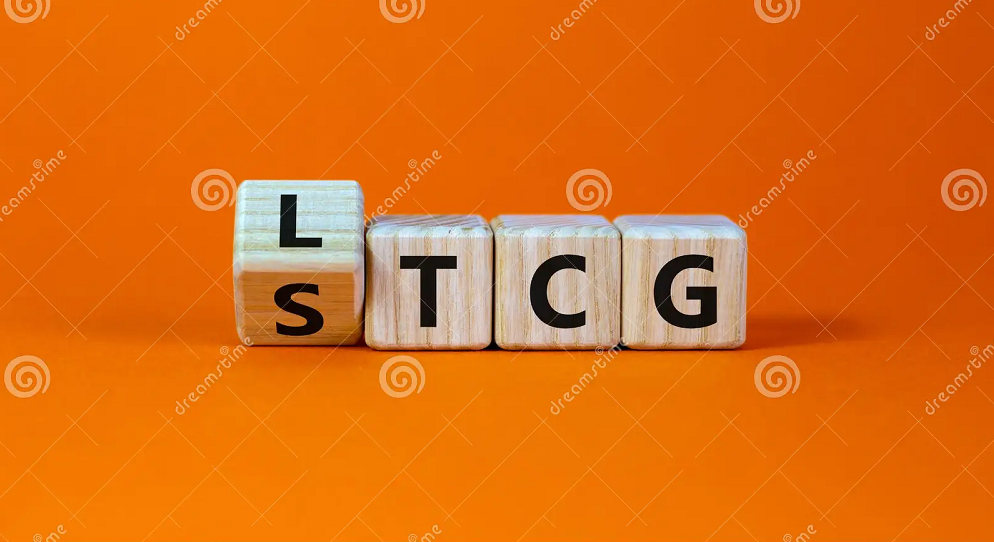
What is STCG
Gains from equity shares listed on a recognised stock exchange having a holding period of less than 12 months are considered as short term capital gains. According to income tax it is taxable @15%
What is LTCG?
The assets owned by an individual that may or may not be connected with business or profession are called capital assets. The common examples of capital assets include bonds, mutual funds, jewellery, patents, or trademarks.
However, furniture and clothes for personal use, rural agricultural land are not capital assets.
The LTCG or long-term capital gains tax is charged on the profit generated from an asset such as shares, bonds, commodities, or real estate that is held for the long-term. The period of holding, which is ‘short term’ or ‘long term’ differs across various assets. It is defined as per the Income Tax Act, 1961.
The table below shows you how the capital assets are classified as short-term or long-term based on the holding period.
Capital Asset | Holding period of the capital asset | |
| Short Term | Long Term |
Immovable Property such as House Property | Less than two years | Two years or more |
Movable Property such as Gold Jewelry | Less than three years | Three years or more |
Listed Shares | Less than one year | One year or more |
Equity-oriented mutual funds | Less than one year | One year or more |
Capital Asset | Holding period of the capital asset |
|
Debt-oriented mutual funds | Less than three years | Three years or more |
- Long-term capital gains tax is levied on the capital gains from shares and equity-oriented mutual funds, that are held for one year or more.
- The long-term capital gains tax is charged at the rate of 10%, on the gains above Rs 1 lakh in a financial year. Short-term capital gains tax is charged at the rate of 15%.
